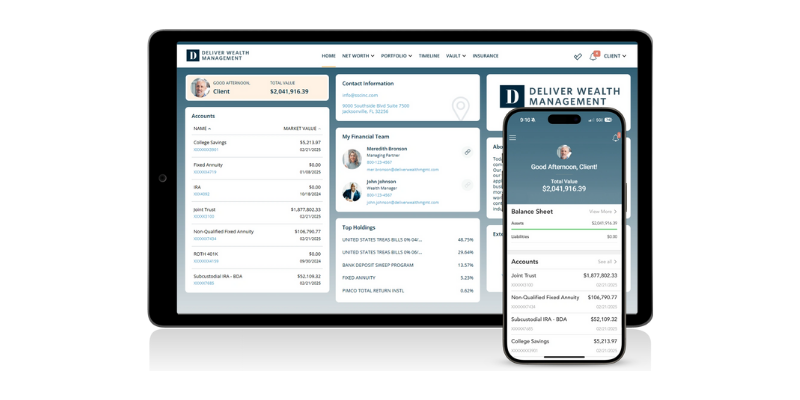First, remember the grace period
After you graduate, you’ll probably have a lot to think about — deciding where to live, finding a job, renting an apartment. Fortunately, you don’t have to add student loans to your list, at least not right away. Thanks to the grace period built into most student loans, you’ll likely get anywhere from six to nine months before you need to start repaying your loans. This gives you some breathing room to get financially settled.
Understand your repayment options
Gone are the days when your only repayment option consisted of fixed, equal payments spread over a 10-year term. Though this is certainly one option — and typically the fastest way to pay off your loans — it’s not the only option. Because of the growing number of students who require student loans to finance their education and the ever increasing amount of their debt, the federal government offers several flexible repayment plans to help students manage this large financial responsibility. (Private student lenders may or may not offer the following plans — check with your lender.)
- Standard repayment plan: This is the original repayment plan. With a standard plan, you generally pay a fixed amount each month for up to 10 years.
- Graduated repayment plan: With a graduated plan, your payments start out low in the early years of the loan but increase in later years (the term is still 10 years). This plan is tailored to individuals with relatively low current incomes (e.g., recent college graduates) who expect their incomes to increase in the future. However, you’ll ultimately pay more for your loan than you would under the standard plan, because more interest accumulates in the early years of the plan when your outstanding loan balance is higher.
- Extended repayment plan: With an extended plan, you extend the time you have to repay your loan, usually from 12 to 30 years, depending on the loan amount. Your fixed monthly payment is lower than it would be under the standard plan, but again, you’ll ultimately pay more for your loan because of the interest that accumulates under the longer repayment period. Note: Many lenders allow you to combine an extended plan with a graduated plan.
- Income-based repayment plan: With an income-based repayment (IBR) plan, your monthly loan payment is based on your annual discretionary income. The federal government offers a PAYE plan (Pay As You Earn) and a REPAYE plan (Revised Pay as You Earn). Generally, undergraduate borrowers who qualify will pay 10% of their discretionary income toward their student loans each month, and after 20 years of on time payments, the remaining balance may be forgiven (payments may be forgiven after 10 years for those in certain public interest jobs and after 25 years for graduate school borrowers). For more information, visit the federal government’s student aid website at studentaid.ed.gov.
- Loan consolidation: Loan consolidation is technically not a repayment option, but it does overlap. With loan consolidation, you combine several student loans into one loan, sometimes at a lower interest rate. Thus, you can write one check each month. You need to apply for loan consolidation, and different lenders have different rules about which loans qualify for consolidation. However, with most loan consolidations, you can choose an extended repayment and/or a graduated repayment plan in addition to a standard repayment plan.
To pick the best repayment option, you’ll need to determine the amount of discretionary income that you have to put toward your student loan each month. This, in turn, requires you to make a budget and track your monthly income and expenses.
In addition to inquiring about repayment options, ask whether your lender offers any special discounts for prompt loan repayment. For example, some lenders may shave a percentage point off your interest rate if you allow them to directly debit your checking account each month. Or, they may waive some monthly payments after receiving on-time payments for a certain length of time.
Apply for a deferment or forbearance if you can’t pay
At times, you may find it financially difficult or impossible to repay your student loan. The worst thing you can do is ignore your payments (and your lender) completely. The best thing you can do is contact your lender and apply for a deferment, forbearance, or cancellation of your loan.
- Deferment: With a deferment, your lender grants you a temporary reprieve from repaying your student loan based on a specific condition, such as unemployment, temporary disability, military service, or a return to graduate school on a full-time basis. For federal loans, the federal government pays the interest that accrues during the deferment period, so your loan balance won’t increase. A deferment usually lasts six months, and you are limited in the total number of deferments you can take over the life of the loan.
- Forbearance: With a forbearance, your lender grants you permission to reduce or stop your loan payments for a certain period of time at its discretion (one common reason is economic hardship). However, interest continues to accrue, even on federal loans. Like a deferment, a forbearance usually lasts six months, and the total number allowed over the life of the loan is limited.
- Cancellation: With a cancellation, your loan is permanently wiped off your list of financial obligations. It’s not easy to qualify for a cancellation, though. Situations when this may be allowed are the death or permanent total disability of the borrower, or if the borrower takes a job teaching needy populations in certain geographic areas. Typically, student loans can’t be discharged in bankruptcy.
Remember, these things are never automatic. You’ll need to fill out the appropriate application from your lender, attach any supporting documentation, and follow up to make sure that your application has been processed correctly.
Keep track of your paperwork
If your idea of organization is stuffing your random assortment of student loan papers into your sock drawer, or not keeping them all, think again. Repaying your student loans is a serious matter, and you’ll need to stay on top of it. It’s important to keep accurate, accessible records. Open a file folder for each loan, and file any accompanying paperwork there, such as copies of promissory notes, coupon booklets, correspondence from your lender, deferment and/or forbearance paperwork, and notes of any phone calls.
Investigate the student loan interest deduction
On the bright side, you might be able to deduct some or all of the student loan interest you pay on your federal tax return. In 2021, if you’re a single filer with a modified adjusted gross income (MAGI) under $70,000 or a joint filer with a MAGI under $140,000, you can deduct up to $2,500 of student loan interest that you pay during the year. A partial deduction is available to single filers with a MAGI between $70,000 and $85,000 and joint filers with a MAGI between $140,000 and $170,000.
There are a couple of hurdles, though. You must have incurred the loans when you were at least a half-time student, and you can’t take the deduction if you’re claimed as a dependent on someone else’s tax return.
If you paid $600 or more of interest to a single lender on a qualified student loan during the year, you should receive Form 1098-E at tax time from your lender, showing the amount of student loan interest you’ve paid for the year. For more information, see IRS Publication 970.
Do you have leftover 529 plan funds?
If you have funds available in a 529 plan, you can use them for student loan repayment. There is a lifetime limit of $10,000 per 529 plan beneficiary and $10,000 for each of the beneficiary’s siblings. Keep in mind that any portion of student loan interest that is paid for with tax-free 529 plan funds is not eligible for the student loan interest deduction.




